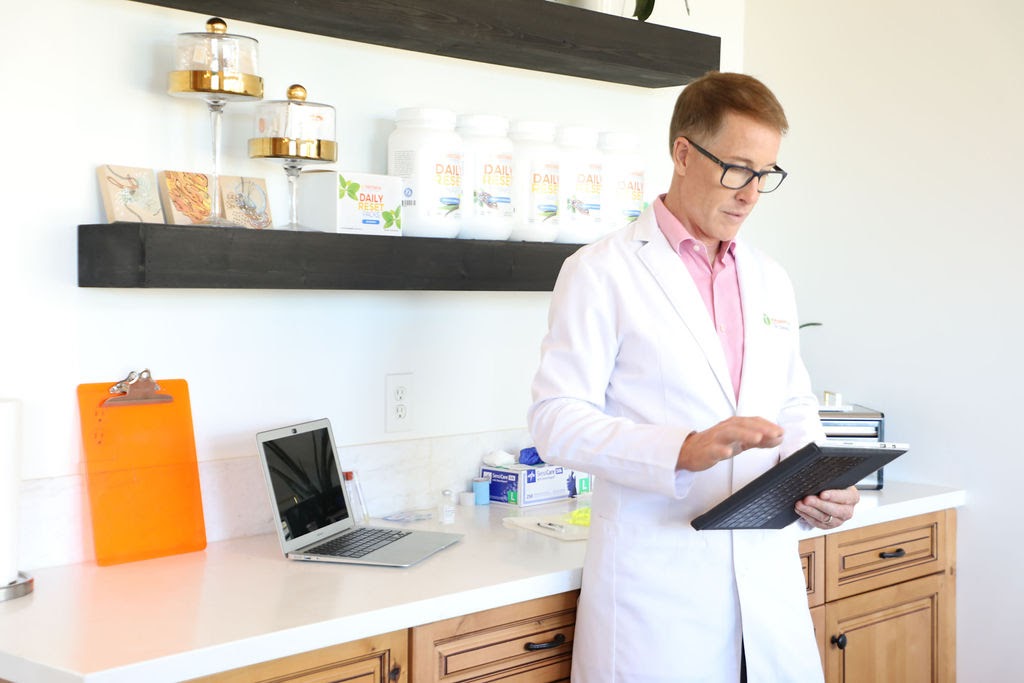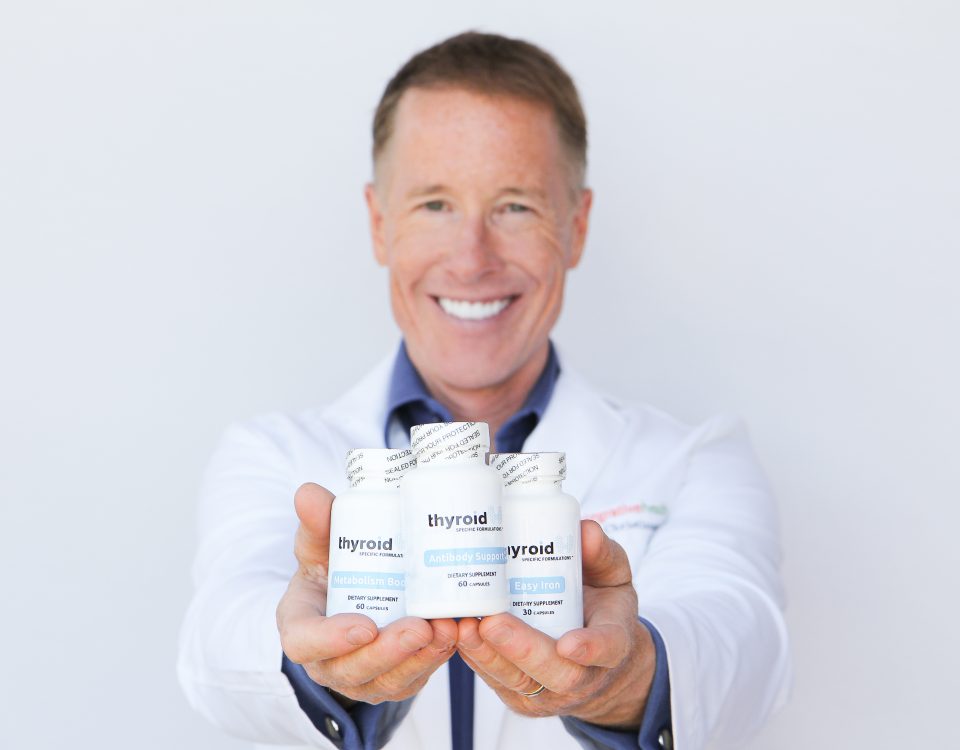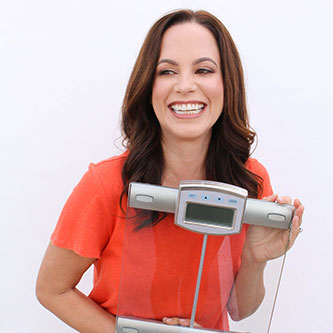If you are on a low-iodine diet and a UIC still shows high levels of iodine, check for the presence of iodine in these products, and switch to non-iodine-containing substitutes:
- Shampoo and conditioner
- Condiments and seasonings you are using
- Double-check your vitamins
You can learn how to remove excess iodine from the body and test for its presence, but you may have to wait some time to see a meaningful reduction. This is most often the case if you were exposed to a massive dose for quite some time.
When patients ask “Should I take iodine at night or in the morning?” This tells me that they have probably been taking an iodine supplement, so I’ll ask for details. Other questions, like “How would I know if I were exposed to massive amounts of iodine?” are also common.
The most common ways are through supplements like Iodarol, Lugols’ drops, or SSKI; medications, especially amiodarone; or contrast agents used for CTs or MRIs.
Learning how to remove excess iodine from the body is imperative! You cannot begin the healing process until iodine levels go down.
Don’t be discouraged if your thyroid isn’t all the way better during detox. First, you need to detox to give your thyroid the opportunity to really heal. If you have been taking too much iodine, you can disrupt the healing process.
Even more importantly, there is no such thing as iodine detox side effects, or side effects from low iodine during this time.
Instead of wondering “Should I take iodine at night or wait until morning?”, it may be more important to limit or eliminate exposure to iodine at this time.
But, here are some things to think about instead:
- Hydration Levels – The bulk of iodine that leaves your body happens through your kidneys. Without enough water, it doesn’t matter how hard you try to remove excess iodine from the body. Stay hydrated so you can pee it out! (You should also make sure you are regular and take in a good amount of fiber for your gut health.)
- Micronutrients – Things like selenium, zinc, and iron can help your body circulate iodine better throughout your body. Without them, your body will be unable to regulate iodine as well as normal.
Reducing iodine levels takes time and patience. No matter how much you want to remove excess iodine from the body, there is no silver bullet that will reduce it tomorrow. To do it relatively quickly you need to keep a close eye on your levels and what you are doing.
That is why, for the Thyroid Reset Diet, I focus on a low-iodine diet, and really taking out those potential sources of iodine that you don’t need. We’ll focus more on that later.











